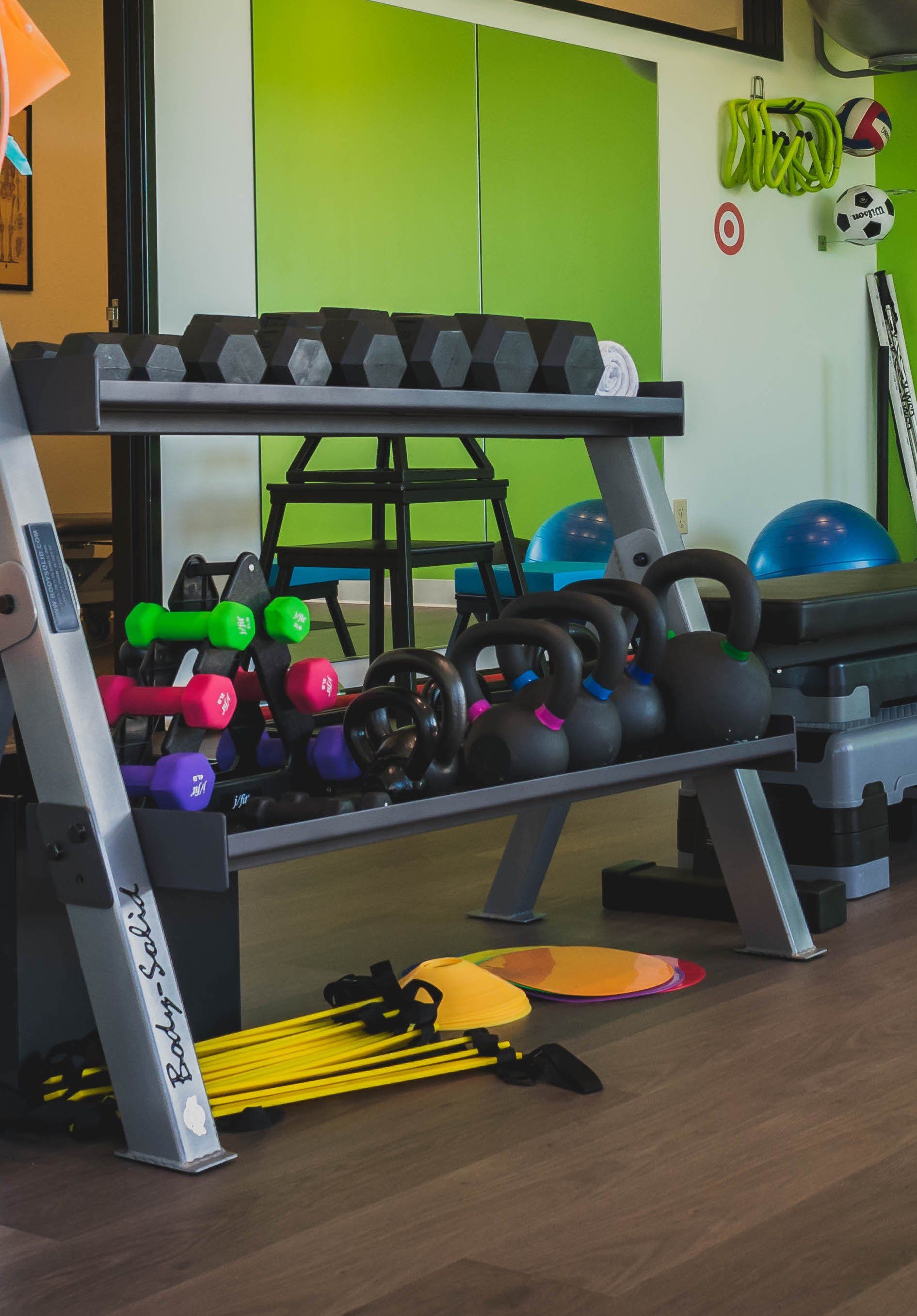Pelvic Floor Dysfunction
Pelvic Floor Dysfunction:
Treatment Program For Pelvic Pain
Physical therapists help patients eliminate symptoms of pain and discomfort as a part of Pelvic Floor Dysfunction Treatment a program designed specifically for those experiencing symptoms like pelvic pain, pain with intercourse, perineal pain, tailbone and groin pain, urinary or fecal incontinence and constipation.
These symptoms may be a result of pregnancy and childbirth, infections, chronic low back pain, SI dysfunction, trauma, surgery or generally weakened pelvic muscles, among other causes.
Typically, pelvic floor dysfunction is thought of as an issue that only affects women but in fact, both men and women are susceptible.
How Can A Physical Therapist Help With My Pelvic Floor Dysfunction?
Therapydia’s Pelvic Floor Dysfunction Treatment helps patients eliminate these symptoms by strengthening weakened muscles and relaxing muscles that may be too tight. Custom exercises are prescribed in order to increase hip and core strength and to provide the necessary tools to eliminate your pelvic pain symptoms.
Click the video below to hear Cami Hatch, DPT, physical therapist at Therapydia Denver, explain pelvic floor dysfunction and how physical therapists can provide the tools necessary to allow you to return to a pain-free life with pelvic floor physical therapy treatment.
Below are a few example exercises utilized as a part of pelvic floor physical therapy.
Bridge with Hip Adduction:
This exercise increases core activation to help strengthen and stabilize your muscles.
- With your knees bent and your feet on a flat surface, squeeze the Pilates ring using your inner thigh muscles so that your knees, ankles and hips are all in one line.
- Hold this position as you lift your hips up, squeezing through the glute muscles.
- Maintain a tight core throughout to avoid any arching of the back and to ensure proper glute activation.
- Hold for a few seconds at the top and return to the starting position.
Side-lying Hip Abduction
Hip abductor muscles are important muscles that not only contribute to our ability to stand, walk and rotate our leg with ease, but also ensure that the pelvis is stable and functioning properly.
- Lie on your side with your bottom knee bent for stability.
- Roll the top hip forward and contract the lower abs to prevent any arching of the low spine.
- Lift the top leg straight up with the toe pointed forward and squeeze the leg up and slightly back.
- You should feel this exercise in the posterior glute and not in the front or the side of the hip.
Clamshells
Clamshells help to stabilize the pelvis by strengthening the surrounding musculature. Strong hips are important when it comes to the function of your pelvic floor and the prevention of pelvic pain and incontinence.
- Start on your side in a fetal position. Keep the top hip rolled forward and the heels together as you lift the top knee up using your glute muscles. This exercise should be felt in the back of the hip, not in the front, side of inner thigh.
- Make sure that you are not rolling the top hip back as you are lifting your knee.
- Keep the core engaged throughout the entire movement.
90/90 Heel Taps
This move engages the abdominal muscles to promote pelvic stability.
- Start on your back, contract the lower abs and lift both legs up to 90 degrees of hip and knee flexion without letting the lower spine come off the table.
- Squeeze the belly button towards the spine and keep the pelvis stable as you tape one heel to the table and bring it back up.
- Alternate legs and make sure that you are not arching through the lower spine.
- Perform this exercise to fatigue.
What If the Problem Is Not Musculoskeletal?
Is There Anything I Can Do To Prevent Pelvic Floor Issues From Happening?
Physical therapists can provide the necessary tools to treat pelvic floor dysfunction through a pelvic floor physical therapy program, allowing you to return to a pain-free life, stronger and healthier than ever. After treatment, yoga and Pilates can be a great way to keep up your body and maintain your core as well as anything that has core strengthening while maintaining neutral spine and relaxation techniques can help to maintain the strength that you’ve built up during your PT treatment.
Working with a physical therapist for Pelvic Floor Dysfunction can relieve you of your pelvic pain and can give you the tools necessary to eliminate your symptoms and increase your overall pelvic health.
